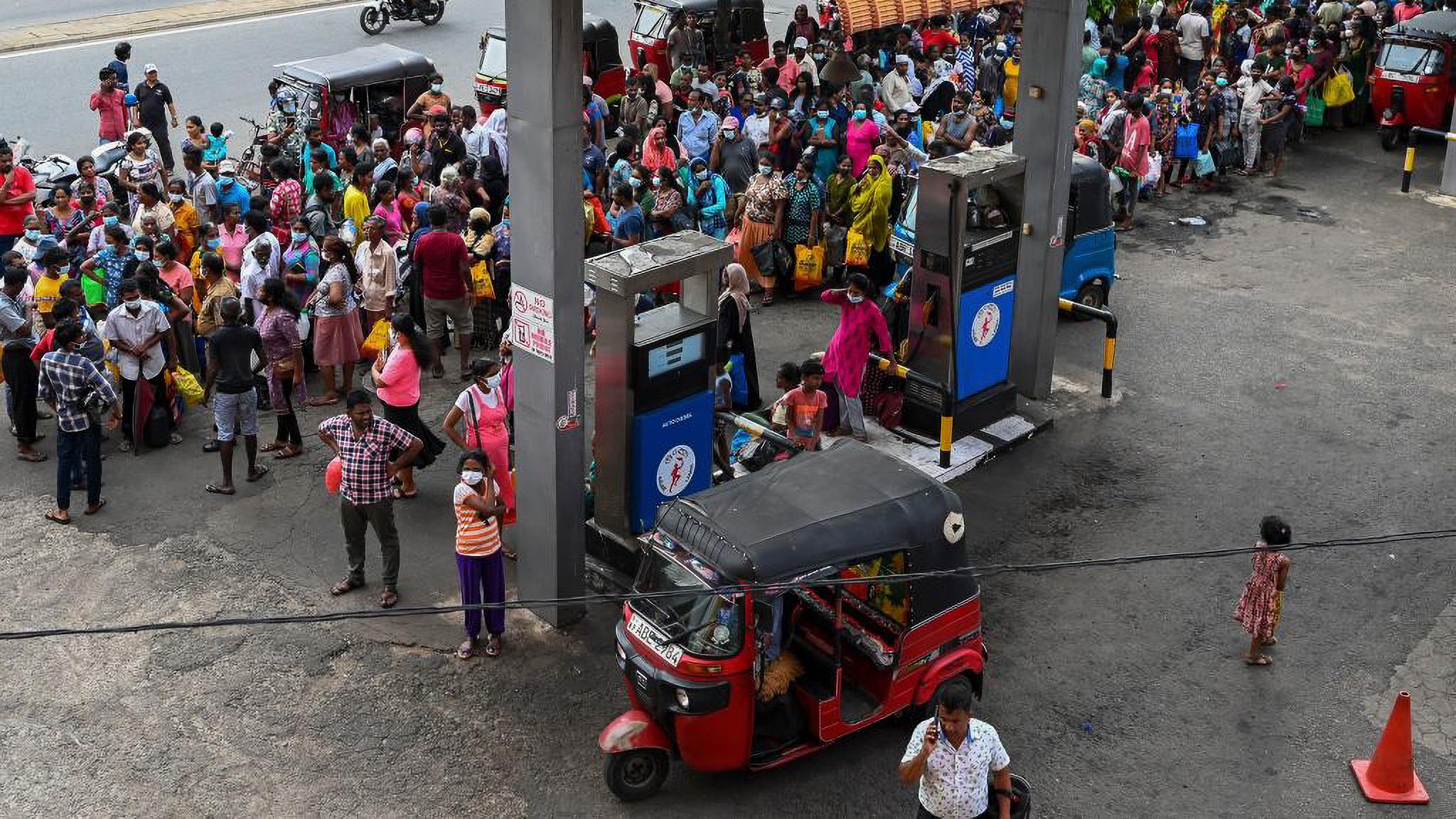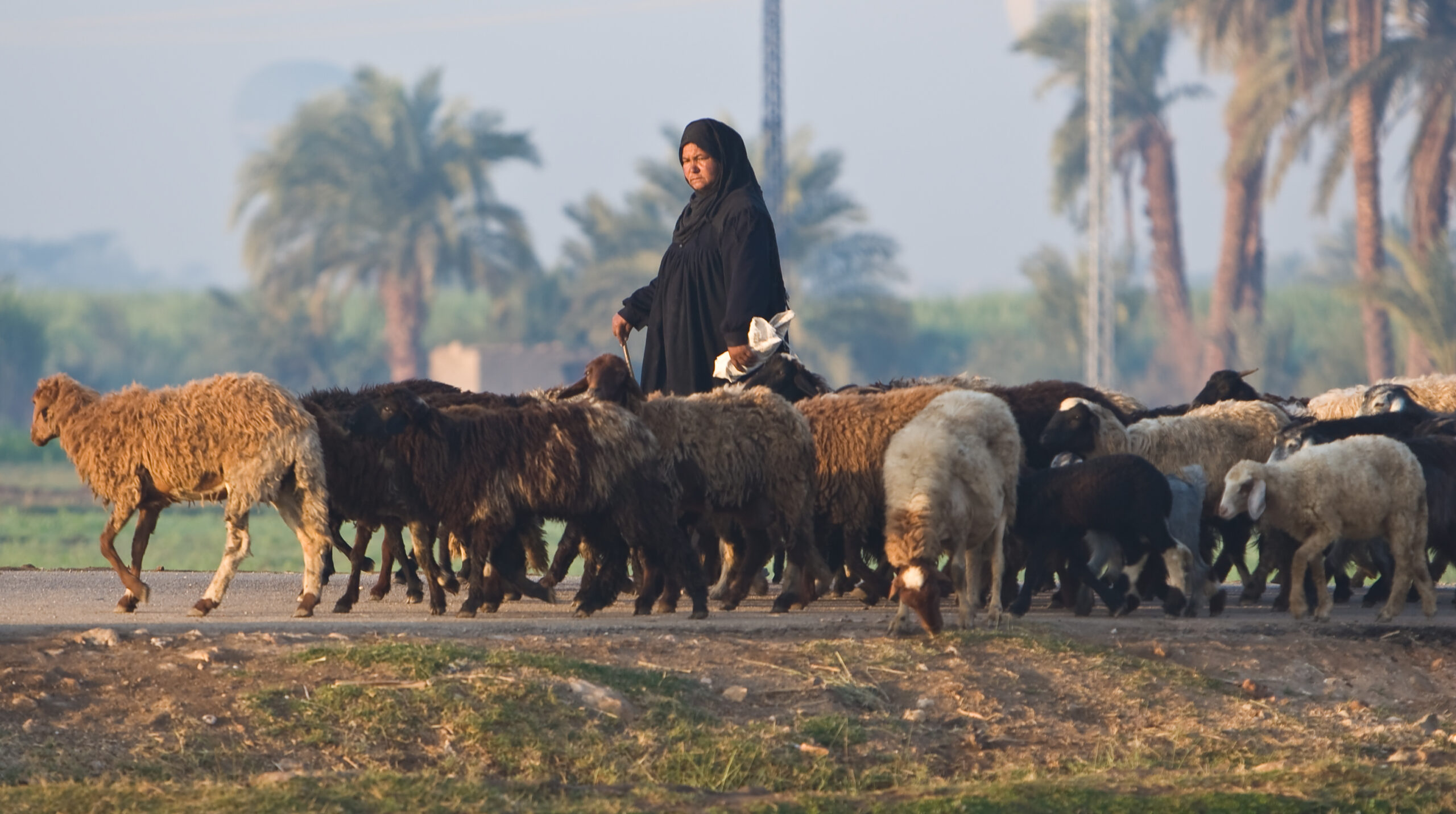COVID-19 lockdowns have major impacts on migrant workers and supply chains that depend on them. Scott Rozelle and his team find that the lockdowns in China were successful in protecting rural areas from COVID infections, but that the cost was severe: Poor rural households cut down on education, nutrition, and health expenditures and lost around $100 billion in migrant worker wages.—Johan Swinnen, series co-editor and IFPRI Director General.
In response to the COVID-19 outbreak that began in the city of Wuhan in Dec. 2019, China implemented a nationwide travel blockade and quarantine policy that required all public spaces, businesses, and schools to shut their doors until further notice and placed restrictions on individuals leaving their homes or travelling.
The lockdown was also implemented across China’s vast rural areas, home to more than 700 million people. These quarantine measures started during the annual Spring Festival in mid-January, when most rural residents had returned to their family homes to celebrate the Lunar New Year together. Many were migrant workers who had expected to return to China’s urban and industrial centers to continue working in factories, construction sites, and service sectors.
In China’s urban hubs, local governments, school systems and businesses made efforts to offset the consequences of these policies: Many firms worked with employees remotely through online platforms, and urban schools moved to online learning activities. These efforts helped reduce the fears and economic repercussions for those who were able to work from home and had access to high speed internet. But what about the rest of China—the “Other China”?
Little is known about what actions were taken in rural areas as part of the nationwide quarantine, and even less is known about the effects of COVID-19 in China’s rural villages outside the COVID-19 epicenter at the time of the outbreak. To date, no study has empirically examined the economic and social impacts of COVID-19 or its countermeasures in a rural context. China’s rural residents are a relatively poor subpopulation, with a meager social safety net at best. Understanding the economic and social effects of COVID-19 on China’s vulnerable rural populations can offer urgently-needed lessons as the outbreak spreads to other middle- and low-income countries and regions around the world.
To assess the effects of local and nationwide COVID-19 control measures on the health and economy of China’s rural population, a team of researchers, led by the Rural Education Action Program (REAP) at Stanford University, conducted phone surveys with 726 randomly-selected village informants across seven rural Chinese provinces outside of Hubei, the epicenter of the virus.1
Our village-level survey examined three overarching questions:
- What disease control measures were in place?
- How many COVID-19 infections and fatalities were there in each village? (That is, were the dramatic quarantine measures working to stop the virus from spreading?)
- What were the indirect impacts of these disease control measures on employment, health (beyond COVID-19 issues), and schooling?
First and foremost, we found that all villages had universally implemented extremely strict quarantine measures to stop the spread of the virus:
- 100% of all villages had erected strict and high barriers to quarantine their villages off from the rest of the China.
- 98% reported that all group gatherings (including weddings and funerals) had been temporarily banned.
- 97% reported that villagers could not visit the homes of friends or family within the village.
- 86% reported that even their close family or friends living outside the village were not permitted to enter.
- 96% of informants reported that villagers were required to wear masks to go outside (although only 16% reported that masks were available for purchase).
- 95% reported they could leave the village to seek healthcare.
So, what was the direct impact on the spread of COVID-19?
This is the good news: The survey was clear that the draconian quarantine measures successfully contained the spread of COVID-19 in rural villages. Only four village informants out of 726 reported COVID-19 infections in their villages, and of the nearly 700,000 residents in these villages, only about 10 had contracted the virus. No one in any surveyed village reported deaths from the virus. This suggests that lockdown measures can effectively minimize the spread of the virus.
However, the question remains: what is the cost on the lives and livelihoods of rural villagers?
Most notably, we found virtually no one was working in the off-farm sector—either in a city as a migrant worker or in the local township/county seat as an off-farm laborer. Three quarters of informants reported that villagers had stopped working because their workplaces were closed. An even greater share could not work due to restrictions on transportation or difficulty in finding housing in the places they typically worked. This means that the employment of rural workers was essentially zero for a full month after the start of the quarantine. Not surprisingly, 92% of village informants reported that disease control measures had reduced their income levels.
Our research also found a number of other impacts from the lockdowns on education, nutrition and access to health care:
- 79% reported a negative impact on local children’s education.
- 63% reported that the prices of foodstuffs were higher than in 2019. Although the majority said fruit, vegetables, and grains were all available, nearly half of said the quality of their diets fell—raising questions about the impact on nutrition.
- 62% believed it had become more difficult to seek non-COVID-19 healthcare.
While everyone in China was feeling the effect of the COVID-19 outbreak after one month of restrictions, it is almost certain that rural residents took the brunt of the economic and social impacts. Our analysis suggests a radical decline in employment in China’s rural areas, due at least in part to restrictions preventing migrant workers from returning to work. Whereas urban, salary-earning workers were getting paid during the quarantine as required by China’s state council, rural workers are almost never on salary—if they don’t work, they don’t get paid. If we conservatively assume 75% of rural migrants were confined to their villages, nearly 200 million rural individuals, who make an average of $500 every month, were not working. On a larger scale, this means that after one month of COVID-19 restrictions, China’s economy lost around $100 billion in rural migrant worker wages alone. If we then add the lost wages of the large rural workforce that live and work near their home villages, the total economic loss is significantly higher than $100 billion and exceeds the highest estimate of the global economic impact of SARS—and it still does not account for all of the other losses to the economy.
At the same time, however, there have been some positive developments. As in urban areas, rural governments have taken measures to reduce the negative effects of COVID-19 by encouraging online schooling: 71% of village informants reported that students were attending classes online. However, we have yet to determine the quality and rate of their learning in online classes. Our follow-up study will tell us more.
Now we’re left asking, what happens after all control measures are lifted and rural residents are forced to try to provide for their families with a significant loss in income?
Our team is in the process of analyzing the results from a follow-up phone call survey, which looks predominantly at how people have reacted to their economic losses now that the quarantine policies are ending. About half of the villages surveyed have reported average losses of 2000-5000 RMB ($282-$704) per family in the last month. As a result, families have been forced to decide what essential commodities to cut down on to survive on their now-limited funds. Our preliminary findings indicate that the majority of villagers are reducing their spending on food. In practice, this means that people are buying more grains and staples in bulk at low costs in lieu of more expensive goods like meat and produce. It also indicates that nutrition has declined—at least among a share of rural families. This is particularly concerning for families with young children, as REAP’s past research shows that nutritional deficiencies in early childhood can significantly inhibit cognitive development, which is linked to adverse outcomes in later life.
As COVID-19 continues to spread across the globe, our findings have strong implications for other countries that have adopted similar lockdown policies. Workers around the world are facing potentially huge losses of income in the coming weeks and months. As governments implement COVID-19 control measures, they must also consider the needs of economically vulnerable communities, or face dramatic increases in economic hardship and poverty among the hardest-hit.
Scott Rozelle is a Senior Fellow and the co-director of the Rural Education Action Program (REAP) in the Freeman Spogli Institute for International Studies at Stanford University; Heather Rahimi is the REAP Communications & Administrative Associate; Huan Wang is a REAP Research Scholar; Eve Dill is a REAP Social Science Research Professional. The analysis and opinions expressed in this piece are solely those of the authors.
1. The response rate was almost 100%, since the respondents were either the mother or the father of a rural student who had been part of a study that REAP had conducted over the past year or two. After answering the phone, our survey enumerators identified themselves as a team member who had been a part of their child’s school activities in the recent past. Parents almost summarily agreed to talk to us. The schools in the original studies were randomly chosen and the one parent of the child from each school was randomly chosen, meaning we have a sample that is fairly representative of rural areas outside of the epicenter.







